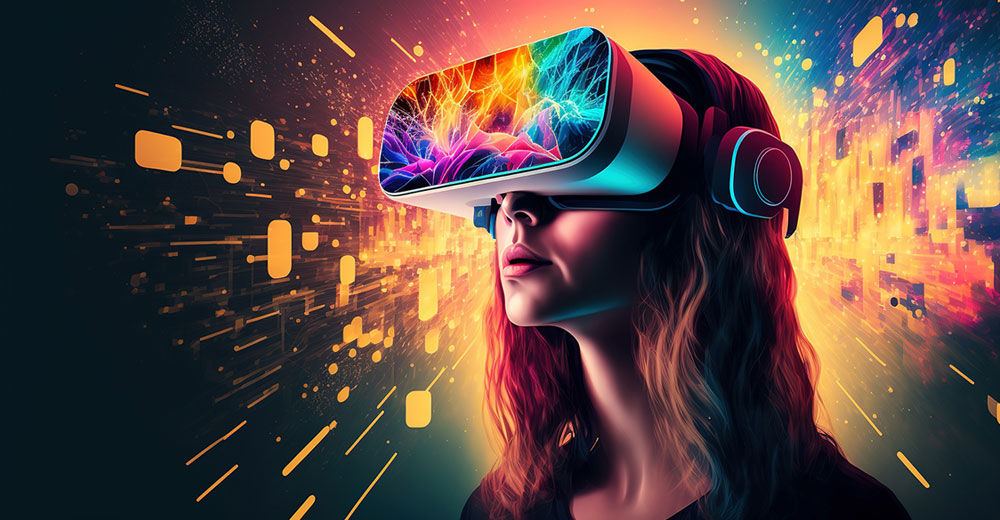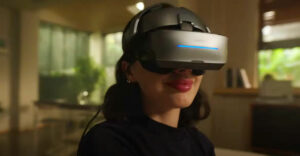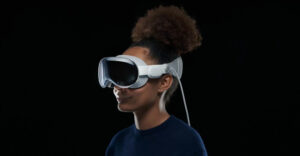A system that “flags” kids attempting to access age-restricted augmented and virtual reality content should be imposed on online platforms and device makers, according to a report released Monday by a Washington, D.C. technology think tank.
Congress should require that device makers and online platforms hosting age-restricted content establish a “child flag” system that allows platforms to safely assume everyone is an adult unless they have been marked as a child, asserted the report by the Information Technology & Innovation Foundation.
Device makers should have to build the child flag system into their operating systems’ parental controls, it continued, and apps and websites that serve age-restricted content should have to check for its signal before serving their content.
“The flag system is flexible,” said the report’s author, policy analyst Juan Londoño. “It gives parents the option of marking a device as a child’s own device.”
“It provides a middle ground that’s less invasive, less disruptive than ID mandates, and gives parents and users more tools to tackle online behavior,” Londoño told TechNewsWorld.
Harmful Mandates
The report added that policymakers’ current approach of mostly focusing on establishing ID-based age-verification mandates is unlikely to make teens safe and would make the online experience worse overall for both teens and adults.
Moreover, they could erode users’ privacy, chill free speech, and stifle the development of the metaverse and AR/VR technology.
“Mandates can become a privacy liability, not only for teen users but potentially everyone,” Londoño said.
“If you have to submit your ID to use AR/VR services, that means someone has to collect, sort, and process that data,” he continued. “That can become a liability to the companies collecting it because it puts a target on their backs for anyone wishing to steal data.”
“Whenever you try to mandate controls over technology, there’s going to be a backlash to that from manufacturers,” added Ross Rubin, principal analyst at Reticle Research, a consumer technology advisory firm in New York City.
He noted that enforcing age restrictions online largely lacks enforcement. “It’s become a cliche that to verify an ID on many websites is little more than checking a box,” he told TechNewsWorld, “but there are websites that do more stringent verification, such as requiring submission of a photo of your driver’s license.”
Self-Regulation Needed
Mark N. Vena, president and principal analyst with SmartTech Research in San Jose, Calif., recommended AR/VR stakeholders take more interest in self-regulating themselves.
“Companies need to commit themselves to managing the content in a more controllable way,” he told TechNewsWorld. “If they don’t do it, the only other choice you have is legislation, and every time that happens, it has a negative impact.”
It’s unlikely that a single solution will address all the potential problems arising from AR/VR, added Tuong Nguyen, a director analyst and member of the emerging technologies and trends team at Gartner.
“We should also keep in mind that head-mounted devices are just an end-point computing device and that AR and VR are experiences,” he told TechNewsWorld. “Therefore, whatever system is in place needs to address end-point computing devices more broadly — phones, tablets, other types of displays — as well as the impact of the experience type — AR, VR, or otherwise.”
“The experience type needs more research to understand the potentially negative impacts we’re trying to protect against,” he said.
“I think one of the issues of non-adults using AR/VR or any new technology is that kids’ brains are still developing, making the results not only unpredictable but negative issues potentially more harmful than they would be in a fully developed, mature brain,” he added.
Exacerbating Bad Behavior
Yaron Litwin, CMO of Canopy, a maker of software and tools to monitor children’s devices and online activity, agreed.
“Teens may be more susceptible to AR/VR-associated threats because their still-developing brains impact their decision-making, impulsiveness, and risk assessment,” he told TechNewsWorld. “This can render them more vulnerable to threats associated with AR/VR, including privacy issues, explicit content, and addictiveness.”
“AR/VR is going to have tremendous societal impact because there’s going to be a lot of children that use these products, and with the wrong material, it could have a devastating negative effect,” Vena added.
Nguyen pointed out that head-mounted devices can exacerbate negative digital behaviors that currently exist. “For AR HMDs, the idea is that you don’t even have to pull out your phone, or keep it out, because the display is in front of, or near your eye — potentially a non-stop flow of information,” he explained. “At the very least, this is more distracting than a phone.”
“For VR HMDs, your visual and audio field is literally surrounded by it — either separating you completely or significantly from the physical world around you,” he continued. “There have been questions raised about the potential harm of having a screen so close to your eyes, for long periods of time — not to mention the physical safety risks of having your head in a box.”
Proactive AR/VR Safety Measures Needed for Youth Protection
The ITIF report includes a laundry list of threats AR/VR poses to both adults and teens. Threats unique to teens include sexual predation, cyberbullying, virtual harassment, exposure to inappropriate content, unhealthy overuse of technology, and gambling addiction.
“The threats kids will face in the metaverse already manifest themselves in social media and the internet at large,” Londoño said. “However, because of how those threats are perceived through AR/VR, they have a bigger impact on users.” “If we don’t address them, then the metaverse is going to inherit them,” he added.
Rubin agreed. “You’re taking many of the concerns about teens and social media, and you’re adding to them because there’s this new degree of interactivity and potential emotional impact.”
However, he pointed out that any problems with AR/VR are still in their infancy.
“Compared to the adoption of social media, adoption of AR/VR has been very low,” he explained. “Compared to the size and scope of social media, the impact of AR/VR is relatively insignificant.”
“There’s no harm, though, in trying to get in front of potential problems,” he added.

























































